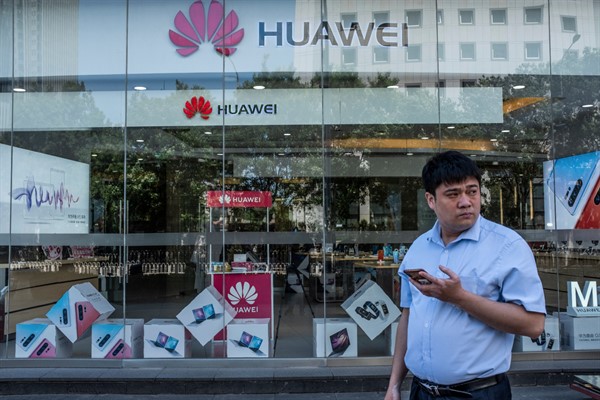Last week, Samsung announced that the rollout of its new Galaxy Note smartphone would be delayed, warning of a “serious imbalance” in the chip industry. It’s just the latest impact of a global shortage in the supply of semiconductor chips, caused by a unique combination of the coronavirus, climate change and Donald Trump.
Semiconductors are the brains of all things electronic. Like the brain, they perform different functions—memory, processing—and range in sophistication from standard, repetitive routines to high-performance chips that can support machine learning, artificial intelligence and high-end graphics. All things electronic these days are pretty much all things chips. They are needed not just for the obvious devices like laptops, phones and tablets, but for the whole range of smart devices, including autonomous vehicles, light bulbs, refrigerators—even cities. And thanks to advances in miniaturization, the world of transistors has become truly Lilliputian: Up to 1,000 transistors can now fit on a cross section of human hair.
Like so many other tech hardware markets, chip manufacturing involves highly specialized and consolidated global supply chains. The intellectual property in the designs is generated by one set of players, such as Intel, NVIDIA, AMD or the U.K.’s Arm, which started life in an old Cambridge turkey barn and is now one of the world’s leading chip designers. Two U.S. companies—Synopsys and Cadence Design Systems—are market leaders in the software that’s essential for taking chip designs to production. And lastly, there are the semiconductor foundries, of which the leading players are Taiwan Semiconductor Manufacturing Company Limited (TSMC), Samsung, and China’s Semiconductor Manufacturing International Corporation (SMIC).

